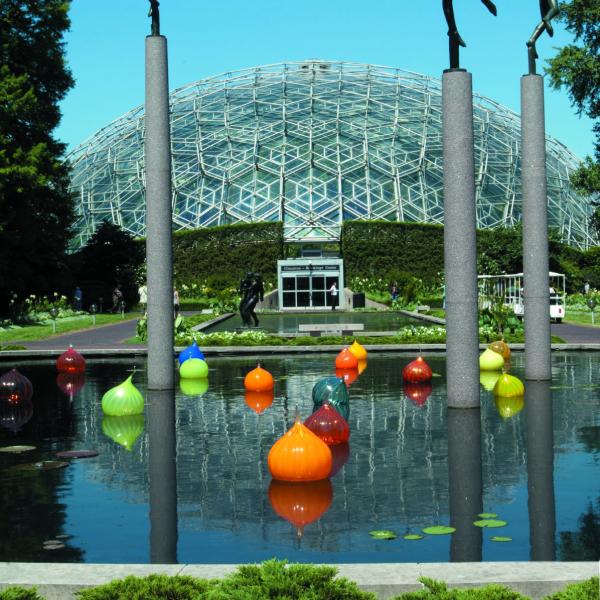Adaptation to local environments is critically important for a plant’s ability to survive in a variety of ecological settings and persist in the face of climate change. The genetic and physiological mechanisms that regulate these processes, however, are not well known. In the Olsen Lab, we aim to understand the genetic basis of evolution in plants. We are specifically interested in understanding how genetic variation within a species is shaped by natural selection, population history, and other various evolutionary forces.
One way we study the genetic mechanisms associated with local adaptation is by studying white clover (Trifolium repens L.). White clover, a widespread perennial legume, is a good study system to understand local adaptation as it has evolved a climate-associated cyanogenesis polymorphism across populations worldwide. Cyanogenesis – the production of hydrogen cyanide upon tissue damage – is controlled by two independently segregating genetic polymorphisms (Ac/ac and Li/li). The Ac/ac polymorphism controls the production of cyanogenic glucosides (CNglcs), while the Li/li polymorphism controls linamarase, a hydrolyzing enzyme. Recessive alleles correspond to genomic deletions.
In my project with the Olsen Lab, I am examining how white clover induces cyanogenic glucoside production in the face of drought (water limitation), and whether the degree of this induction differs depending on a plant’s home-site climate. This research is of interest because previous work in white clover has shown individuals with CNglcs occur in higher frequencies in drier environments; additional work has shown the presence of CNglc may be adaptive in drought-prone environments. Furthermore, some evidence has suggested induction of CNglcs in white clover during drought. By examining the effects of drought on CNglc induction, and the potential variation in the induction of CNglcs, we are better able to understand white clover’s potential climatic adaptations and/or the interplay between genotypes and their environment.
For this experiment, I am conducting a greenhouse experiment on white clover from 30 different home-site climates, ranging from mesic to dry-mesic. I began the experiment with a three-week well-watered treatment followed by a six-week drought/recovery treatment cycle. Throughout the experiment I quantified CNglc concentration for each plant through leaf tissue samples using a protocol established in lab, as well as recorded fitness measurements (fecundity and vegetative tissue area). By analyzing these measurements, I will be able to see how fitness and CNglc concentration dynamics change depending on watering treatment. Additionally, I will be able to see if there are any differences in CNglc concentrations and induction depending on climatic variables associated with the range of home-sites.
This project is significant because it can allow us to better understand the role CNglcs may serve as an adaptive mechanism for plants during drought conditions. Furthermore, understanding how CNglc induction differs in white clover depending on home-site climate conditions may suggest other adaptive genetic factors at play. Overall, a further understanding of drought adaptation mechanisms may provide insights on conservation strategies as well as potentially novel types of phenotypic and genetic variation that could be introduced to crop species (via breeding or genetic modification) to mitigate the economic effects of drought stress.




